Your growth can’t rely on luck.
It needs method, data, and execution.
A complete solution for business acceleration.
Want to scale with data, not guesswork?
Request a free diagnostic with our performance team.
1. Fill out the form
It takes less than a minute. The more context you give us, the better the insights you’ll get back.
2. Our team analyzes your scenario
Headcore specialists identify real growth opportunities for your business—driven by data, not assumptions.
3. You get a strategic call
No fluff. We deliver insights, clear next steps, and an initial action plan. It’s practically a free mini-consulting session.
Generating qualified demand
doesn’t have to be a headache:
Difficulty turning leads into customers:
Low conversion rates throughout the sales funnel.
Inefficient use of marketing budget:
High spend with underwhelming results.
Lack of personalization in communication:
Generic messages that fail to create impact or engagement.
Manual and inefficient processes:
Wasting time on tasks that could be automated.
Lack of clear, actionable data:
Decisions made on guesswork, not real insights.
Campaigns without clear ROI:
Marketing investments that don’t deliver expected returns.
What We Do
Attract, convert, and retain with efficiency.
From traffic to CRM—everything connected with data and purpose.
Traffic Management
Campaigns on Google, Meta, LinkedIn, and other platforms focused on real performance, not just clicks.
Copy & Creatives
Messages crafted based on data and behavior.
Here, every word has a purpose: attract, persuade, sell.
Landing Pages
High conversion starts with design.
We create pages with strategic structure, optimized content, and CTAs that work.
Automation & CRM
Smart workflows to capture, nurture, and convert. From lead entry to final proposal—everything automated with precision.
Dashboards & Reports
Full transparency with real-time KPIs. See exactly what’s working and what needs to change.
Optimization & Monitoring
Nothing here is static. We analyze, test, and continuously adjust to scale with intelligence.
Your funnel doesn’t need to be linear.
It can be intelligent.
We accelerate lead qualification from Google or Meta Ads
through offline conversions powered by AI and automation.
Our Methodology
This is our performance architecture: strategy, creatives, scalable media, and data.
A customer acquisition engine built for ROI.
BDA®: The Intelligent Immersion
Brandformance Digital Assessment
We’ve built a framework to streamline information gathering and accelerate digital marketing diagnostics.
It organizes the most relevant data about your business, products, personas, metrics, and operations, bringing clarity to bottlenecks, opportunities, and growth paths in a continuous cycle.
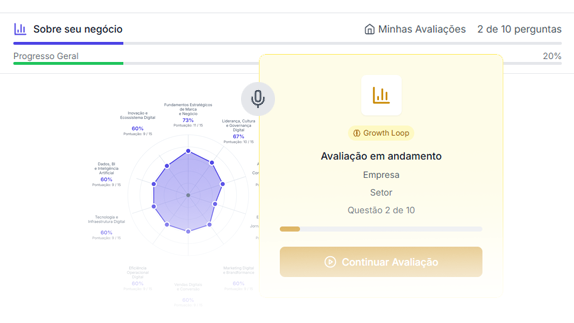
Diagnosis
Before selling anything, we listen first.
A deep understanding and proper diagnosis is half the strategy done.
Media and segmentation strategies that put your audience at the center of every decision. Because selling well means speaking to those who are truly listening.
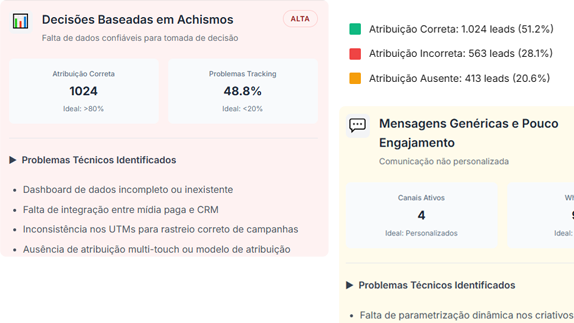
Setup
Your business’s digital foundation must be built to scale.
We create landing pages that connect, automated CRMs, and real-time dashboards: so you can make decisions with clarity, at the right moment.
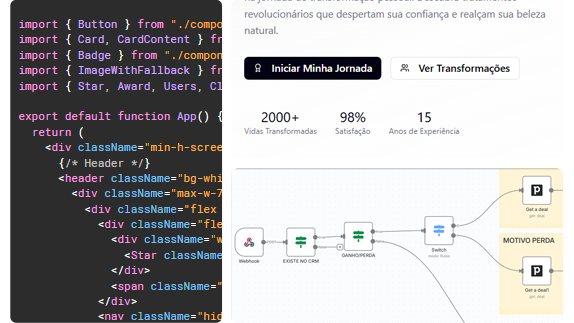
Campaigns
Campaigns that attract, engage, and convert.
We expand your brand with creative content and smart media.
We attract those who don’t know you yet, engage those already interacting, and turn attention into conversion.
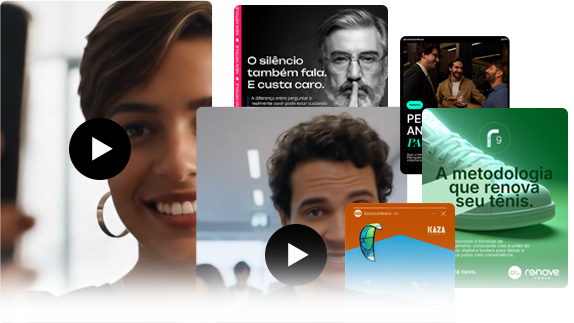
Optimizations & Reports
See ahead, adjust at the right time, and steer in the right direction.
We monitor results in real time to correct the course before problems turn into losses.
Weekly reports highlight what needs immediate attention.
Monthly reports reveal trends, opportunities, and the decisions that matter for long-term growth.
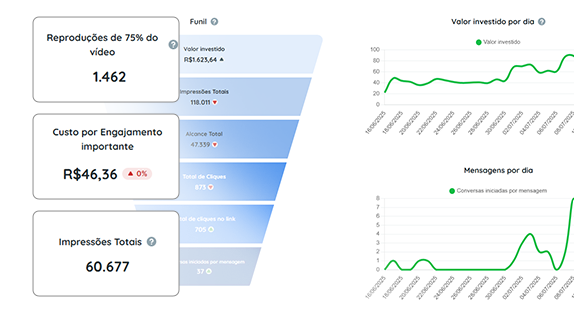
BDA, Growth Loop®
Before you grow, understand.
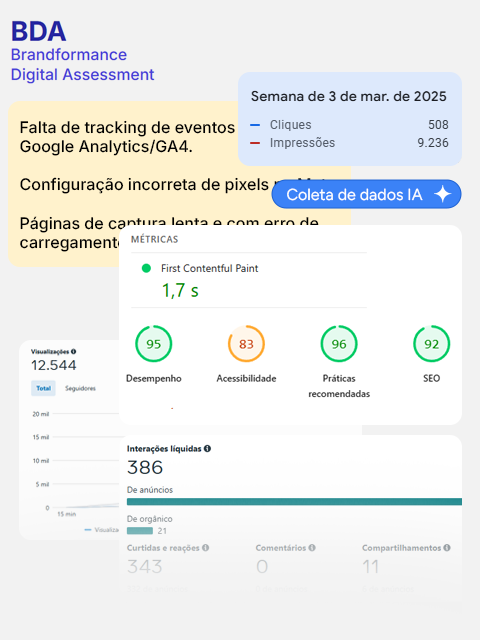
The BDA Growth Loop is a strategic immersion that reveals where your business can gain traction—and how it can scale intelligently.
A complete diagnosis that connects branding, funnel, and sales. Because growth without clarity is just spending.
Start at the beginning.
Start with the Growth Loop.
It’s Growth Evolution.
Trusted by leading global players
Strategic partnerships with the biggest names in technology, media, and digital innovation.
Cases
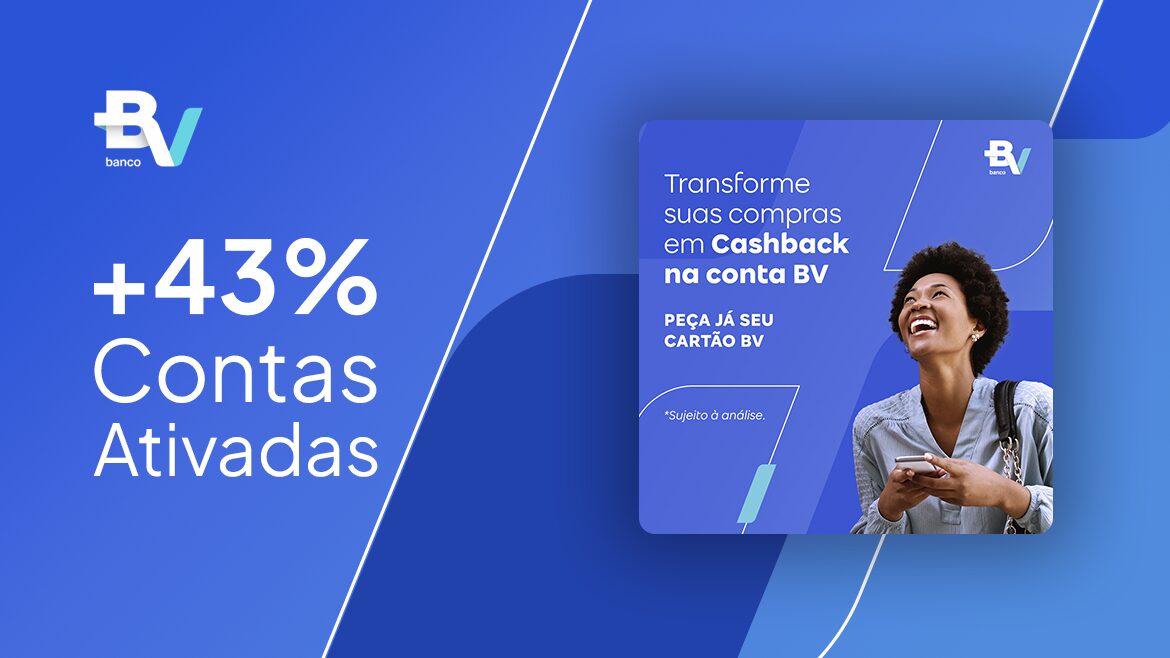
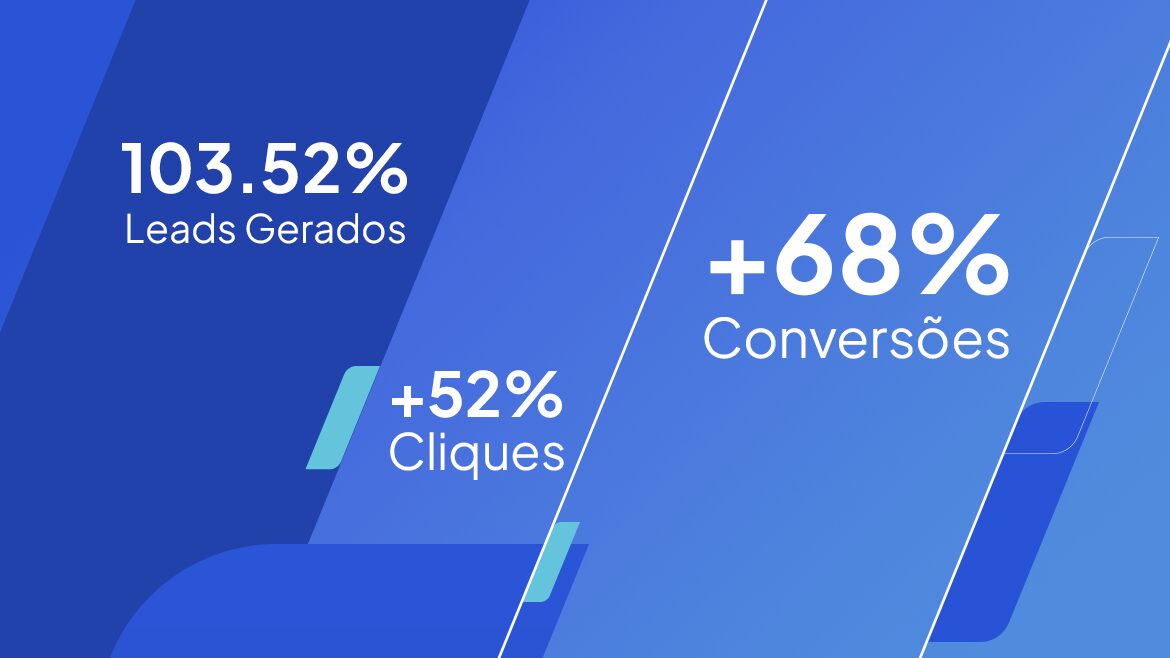
Client_ BV
Segment_ Fintech
Smart campaign optimizations don’t stop at acquisition: they convert, connect, and deliver results straight to the bottom of the funnel.
We implemented automations that connected leads directly to the app, making it easier to open accounts and request cards.
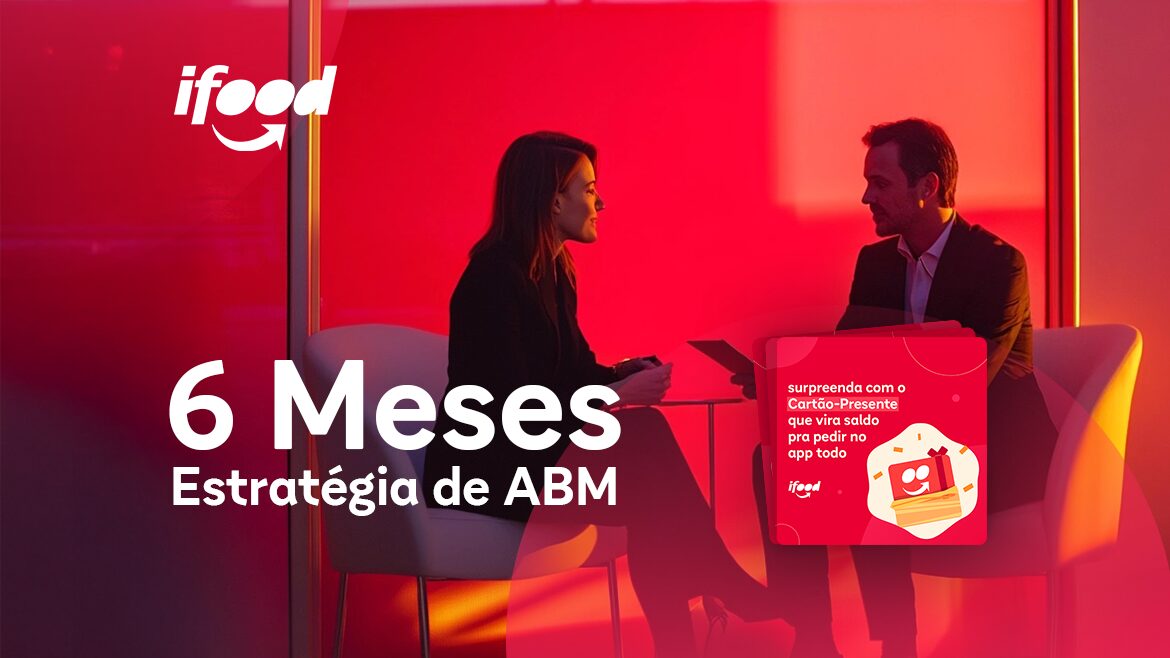
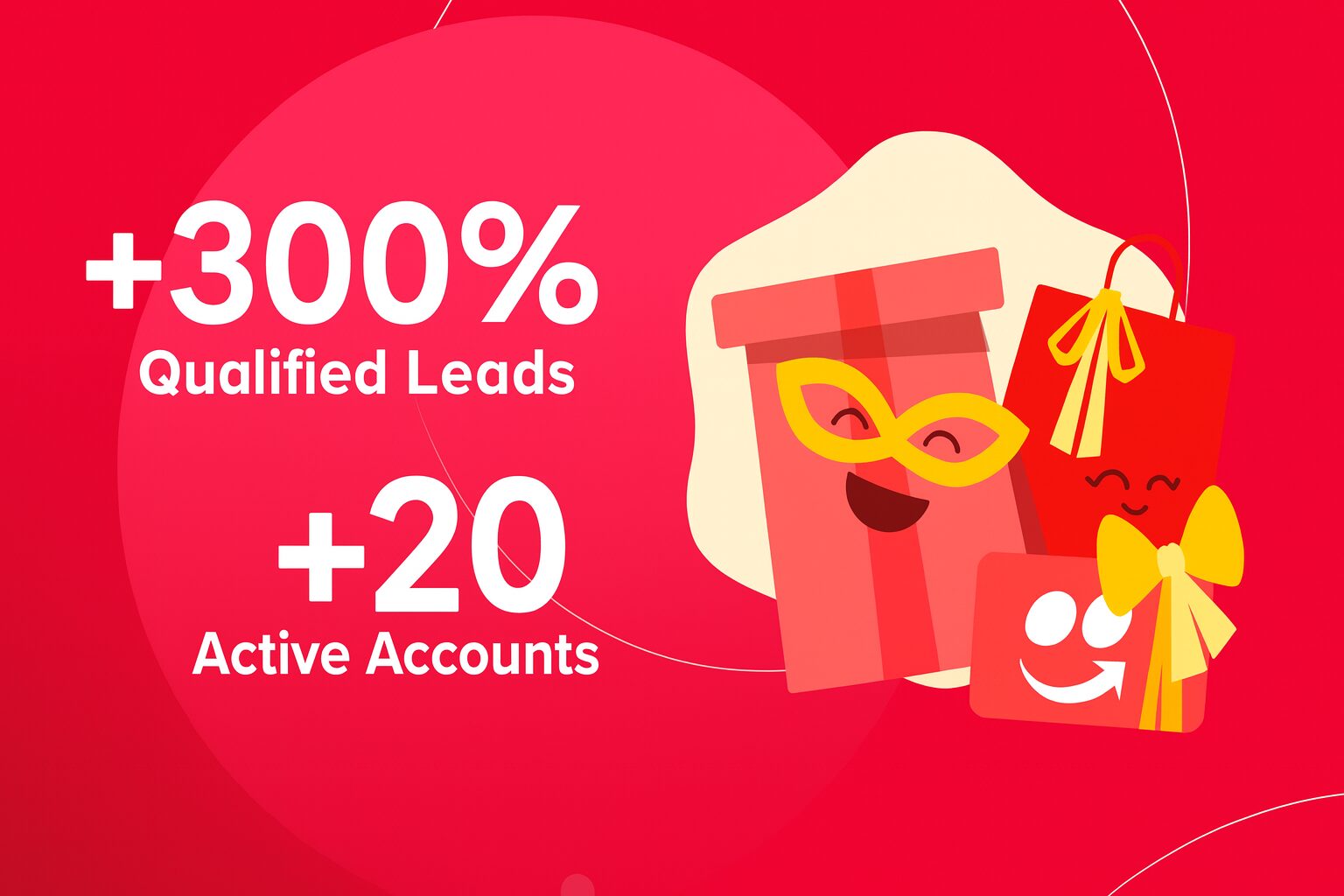
Client_ iFood
Segment_ Tech
ABM: Focus on who matters — with data intelligence, creativity, and personalization — that’s what sets generic strategies apart from movements that truly scale.
FAQ
New here? Start here.
Strategy is the master plan that connects what the brand wants to achieve with the practical actions that will generate results. Instead of being abstract, it works as a decision-making map.
- Diagnosis: understanding the current landscape — market, competitors, and consumer behavior. This avoids working blindly.
- Focus definition: choosing where the brand will compete (e.g., e-commerce, retail, social media).
- Positioning: deciding how the brand wants to be perceived (e.g., premium, accessible, innovative).
- Action plans: translating positioning into campaigns, tone of voice, visual identity, and media channels.
- Measurement: tracking key metrics (CAC, LTV, ROAS) and adjusting quickly.
In the U.S., brands like Warby Parker and Glossier used strategy to transform small niches into billion-dollar businesses, combining clarity of positioning with efficient digital execution.
Naming is the process of creating brand, product, or service names. It’s not just creativity: it requires methodology and analysis.
- Essence: the name must express values and purpose (e.g., Evernote — memorize everything).
- Usability: it must be easy to pronounce in English and other relevant languages.
- Availability: legal and domain checks to avoid conflicts.
- Testing: research with audiences to measure impact and cultural interpretations.
In the U.S., this process is essential because the market is saturated. A strong name becomes an immediate competitive advantage.
Visual identity is the set of graphic elements that express the brand’s personality. It goes beyond the logo.
- Logo and icons: symbols that represent the brand memorably.
- Typography and colors: create emotional associations (blue = trust, red = energy).
- Digital applications: guidelines for websites, apps, e-commerce, and social platforms.
- Consistency: brand manuals that ensure everything is applied uniformly.
Practical example: Airbnb maintains a public brand book that guides campaigns, product UI, and even property signage, ensuring global consistency.
Verbal identity defines how the brand speaks and expresses itself. It’s the translation of the brand’s “personality” into words.
- Tone of voice: formal, friendly, bold, inspiring — depending on positioning.
- Language: word choices and expressions that create audience connection.
- Practical application: ads, posts, emails, customer service, video scripts.
Slack, for example, built its global brand with a simple, accessible, human language that became part of its cultural identity.
Facilitation is the practice of leading workshops and collaborative sessions to accelerate solutions. Instead of isolated decisions, co-creation teams find faster, more creative paths.
- Process: a facilitator guides groups using visual tools and agile methodologies.
- Benefit: breaks down silos across departments and generates testable solutions in days, not months.
- Example: Google Ventures uses 5-day design sprints to validate product ideas.
Purpose is the reason why the brand exists beyond profit. It gives meaning and creates emotional connections between people and the business.
- Clarity: it should be simple and inspiring (e.g., Tesla — accelerate the transition to sustainable energy).
- Impact: connects the brand to a cause bigger than the product itself.
- Application: guides campaigns, culture, and customer experience.
In the U.S., purpose-driven brands like Patagonia attract both customers and talent who share their values.
Brand architecture organizes how products, services, and sub-brands relate. It avoids confusion and optimizes marketing investments.
- Branded House: one main brand supporting all (e.g., Google → Google Maps, Google Drive).
- House of Brands: each with its own identity (e.g., P&G → Gillette, Pampers, Tide).
- Hybrid Model: a mix of both (e.g., Amazon → Prime, Kindle, AWS).
This choice directly influences how customers perceive value and trust.
Paid media means investing in ads to accelerate visibility and conversions. Unlike organic media, it ensures predictable reach.
- Main channels: Google Ads, Meta Ads, LinkedIn Ads, TikTok Ads, Amazon Ads.
- New frontiers: Connected TV (Hulu, Roku) and Retail Media (Walmart, Target).
- Benefit: measurable in real time, ideal for scaling fast.
U.S. DTC startups scale sales by investing heavily in Meta Ads and TikTok Ads in early stages.
Social Ads are ads designed specifically for social networks, adapted to user behavior.
- Formats: Stories, Reels, TikTok In-Feed, LinkedIn Carousels.
- Strength: allow targeting by interest, behavior, and context.
- Example: fashion brands in the U.S. use TikTok to make products go viral in days.
Segmentation means dividing audiences into smaller groups to deliver personalized messages. This increases relevance and reduces media waste.
- Basic: age, gender, location.
- Behavioral: purchase history and browsing patterns.
- Advanced: predictive models that anticipate buying intent.
In the U.S., the use of first-party data is growing due to cookie restrictions.
Being data-driven means making decisions based on real data, not assumptions. This increases precision and reduces risks.
- Collection: using tools like GA4, Mixpanel, CRM.
- Analysis: combining data from different channels to see the big picture.
- Action: adjusting campaigns in real time based on insights.
Netflix is a benchmark: it uses data even to decide which series to produce.
Conversion happens when a user performs the action the brand expects. It could be a purchase, but also a signup or a strategic click.
- Micro-conversions: download an e-book, add to cart.
- Macro-conversions: completed purchase, service subscription.
- Optimization: A/B testing and UX analysis to increase rates.
Example: Shopify shows how small checkout improvements can increase conversion by up to 20%.
Strategic content is designed to educate, engage, and convert. It’s not made just to please algorithms, but to guide the customer journey.
- Top of funnel: blogs and posts that capture attention.
- Mid-funnel: webinars and case studies that educate.
- Bottom of funnel: comparisons and social proof that convert.
HubSpot is a reference in using content to nurture leads until the final decision.
Cloud computing is the use of remote servers to store and process data. It replaces the need for physical servers inside companies.
- Advantages: scalability, security, on-demand cost.
- Use cases: U.S. SaaS startups host everything on AWS or Google Cloud to reduce costs.
Cybersecurity protects data and systems against attacks. This includes password protection all the way to enterprise firewalls.
- Tools: multi-factor authentication, encryption, 24/7 monitoring.
- Compliance: following laws like CCPA (U.S.) and GDPR (Europe).
U.S. digital banks like Chime apply SOC2 protocols to build trust.
Machine Learning teaches machines to identify patterns in data and make decisions without explicit programming.
- In marketing: predict which leads are most likely to convert.
- In e-commerce: recommend personalized products.
Amazon and Netflix use ML to boost retention and sales.
APIs are bridges that let different systems talk to each other. They are essential for modern integrations.
- In marketing: integrate CRM with ad platforms.
- In e-commerce: connect stores with payment and logistics providers.
Shopify and Stripe grew by leveraging open, scalable APIs.
Automation replaces repetitive tasks with automatic flows. This frees up teams to focus on real value creation.
- Tools: Zapier, n8n, UiPath.
- Example: automating website lead capture into CRM with automatic calendar scheduling.
Agile and DevOps are methodologies that accelerate innovation, but they operate in different areas.
- Agile: project management in short cycles (sprints) focused on the customer.
- DevOps: integration between development and operations to launch fast, secure updates.
SaaS companies like Atlassian combine Agile for team management and DevOps for continuous delivery.
